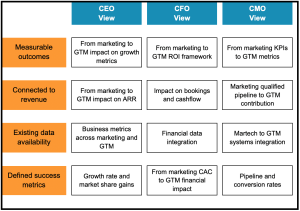All selling is inherently social. At its core, selling involves two people coming to an agreement, with one providing a product or service to the other in exchange for a fee. But social selling goes beyond this.
The “social” in social selling refers to social media. B2B buyers are just as active on social networks as their consumer counterparts, and sales organizations are using these social networks to reach out to them.
Here’s our condensed definition of social selling:
Social selling is the use of social media by sales professionals to interact with their prospects, listen and collect data, and build a professional brand.
To expand on that definition, let’s dig a little deeper into each action that salespeople can take on social networks.
Interacting with their prospects
Social networks are not just tools for B2B sales teams. Rather, think of them as a meeting point between you and your customers – it’s just like chatting to them at your exhibition booth during a conference, or at an informal sales lunch, only digital.
Twitter, Facebook, Instagram, LinkedIn… these networks are being used by your prospects for their own news gathering, brand building, and networking. So if you can meet them on the networks they already use, you will be less intrusive and able to build trust more easily than if you were to interrupt them through a less common channel.
Listening and collecting data
Cold calling is difficult for even the most accomplished sales professional. And, thankfully, it can be all but eliminated thanks to social selling.
Your prospects are constantly sharing information about their professional lives – including their needs, desires and preferences – across the social networks they frequent. If they’re in the market for a new vendor, chances are you can find out by reading into the signals they’re sending on Twitter, or the connections they’re building on LinkedIn.
There are dozens of different ways you can listen and collect data on social media, from zooming in and focusing on a single, potentially lucrative prospect or zooming out and collecting aggregate data about your market.
Building a professional brand
Building trust among your target audience is an important element of social selling. After all, if potential customers don’t see your brand as a trusted partner, they won’t be eager to sign up for whatever it is you’re selling.
Individual salespeople, as well as the organizations they represent, should work to build a great brand on social media. You can do so by continually providing value: creating great content that addresses the needs of their audience, interacting and answering questions, and engaging with industry content to show you are part of the broader conversation.
In the end, selling is all about building relationships. And by leveraging social media, sales teams can develop stronger, more trusted relationships with their prospects.
Digital & Social Articles on Business 2 Community(22)
Report Post






